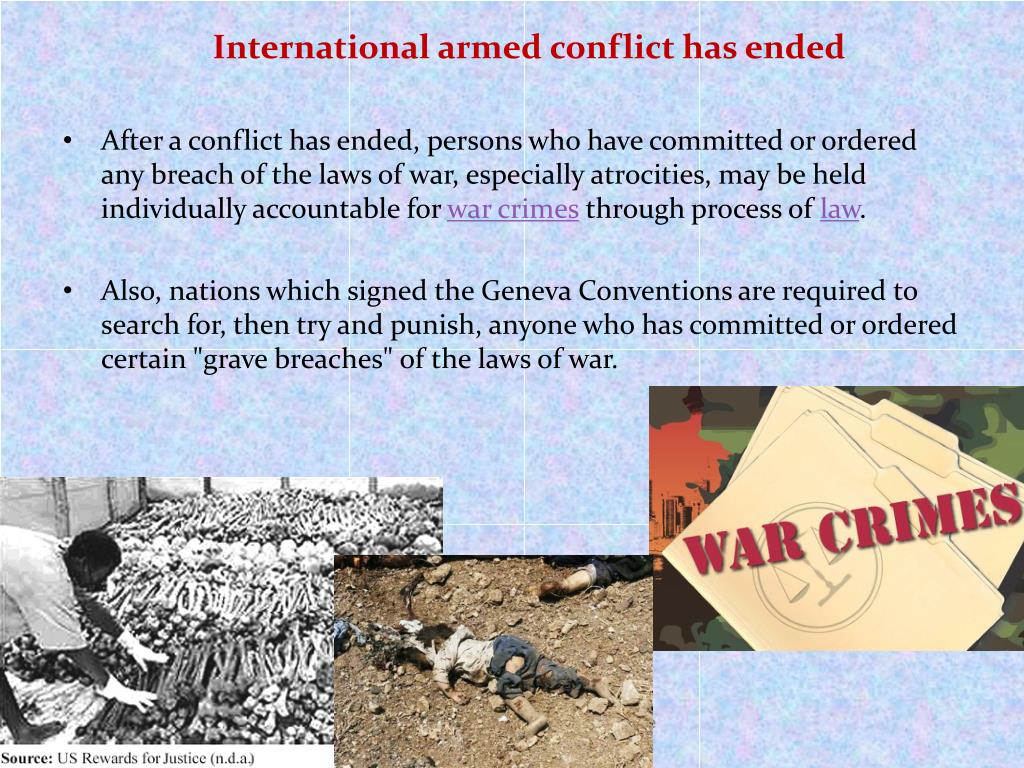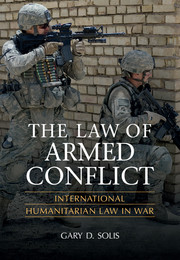

(Source: Paris Principles on the Involvement of Children in Armed Conflict 2007) A long healing process It does not only refer to a child who is taking or has taken a direct part in hostilities. “A child associated with an armed force or armed group” refers to any person below 18 years of age who is or who has been recruited or used by an armed force or armed group in any capacity, including but not limited to children, boys and girls, used as fighters, cooks, porters, spies or for sexual purposes. They have vulnerabilities unique to their gender and place in society and suffer specific consequences including, but not limited to, rape and sexual violence, pregnancy and pregnancy-related complications, stigma and rejection by families and communities. Girls are also recruited and used by armed forces and groups. Some are injured and have to live with disabilities for the rest of their lives. No matter their role, child associated with parties to conflict are exposed to acute levels of violence – as witnesses, direct victims and as forced participants. Each year, the UN receives reports of children as young as 8 or 9 years old associated with armed groups. Moreover, the use of children for acts of terror, including as suicide bombers, has emerged as a phenomenon of modern warfare. Their tasks can vary, from combatants to cooks, spies, messengers and even sex slaves. Many girls and boys are also used in support functions that also entail great risk and hardship. However, their role is not limited to fighting. In many conflicts children take direct part in combat. Some children are abducted and beaten into submission, others join military groups to escape poverty, to defend their communities, out of a feeling of revenge or for other reasons. There are many ways for children to become associated with armed forces and groups.

The recruitment and use of children is a trigger to list parties to armed conflict in the annexes of the annual report of the Secretary-General on children and armed conflict.



 0 kommentar(er)
0 kommentar(er)
